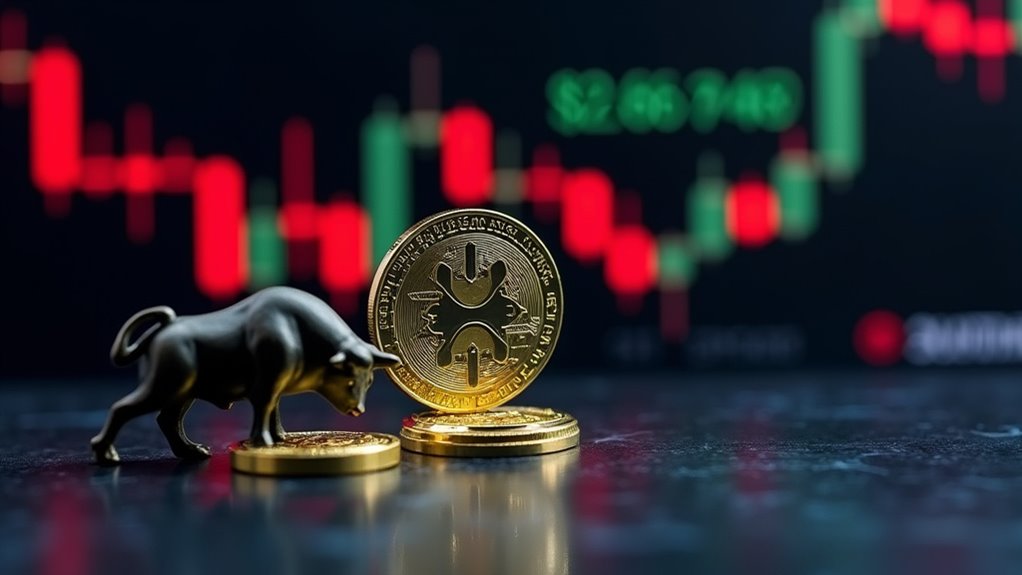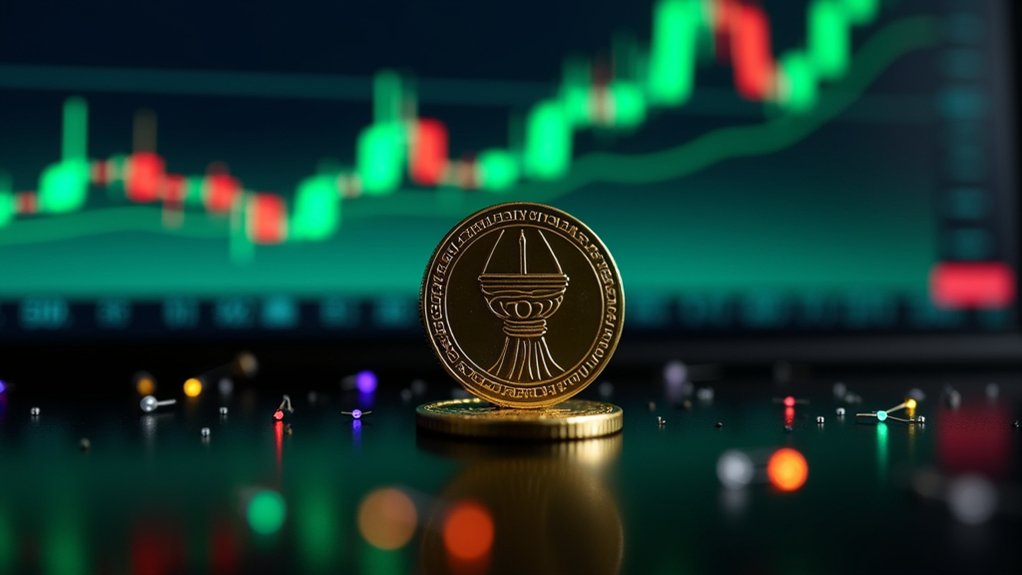The XRP Liquidity Shock Model presents a quantitative framework for evaluating how institutional demand, particularly from prospective spot exchange-traded funds (ETFs), could interact with constrained centralized exchange inventories to precipitate rapid price appreciation, positing that a confluence of concentrated ETF accumulation, limited liquid supply—estimated at approximately 2.8 billion tokens on exchanges—and the liquidity dynamics of over-the-counter (OTC) and custodial channels can generate price trajectories ranging from mid-single-digit multiples to double-digit valuations within compressed time horizons, while explicitly acknowledging model sensitivities to ETF seed capital assumptions, potential whale behaviour, regulatory developments, and the uncertain capacity of OTC desks to absorb inflows without materially widening spreads. The model articulates a mechanism whereby ETF mechanics, specifically the requirement for custodial ownership of underlying tokens, transform nascent institutional allocation into a substantial net withdrawal of exchange liquidity, thereby amplifying price impact when purchase velocity exceeds replenishment rates, and presumes that initial ETF seed capital, estimated between $10 million and $45 million per vehicle, aggregated across five to twenty funds, could rapidly absorb available exchange inventory absent compensatory sell-side liquidity. This model primarily focuses on liquidity dynamics within centralized exchanges where token inventories are more visible and subject to rapid depletion. Underpinning projections estimate a near-term price range of $4.50 to $15.00 within thirty days and a sixty-day range of $7.00 to $24.00, conditional upon acceleration of ETF accumulation and constrained exchange supply, with the model explicitly noting that OTC desks may mitigate early demand but only to the extent their inventories and bilateral risk appetites permit, and that prolonged or intensified institutional inflows could outpace OTC capacity, thereby forcing exchanges to source liquidity from dispersed custodial holdings. The analysis incorporates exchange liquidity metrics, inventory trends showing a reduction to roughly 2.8 billion tokens on centralized venues, and behavioural contingencies, including possible whale transfers and sell-side episodes that could materially alter outcomes, while acknowledging limitations stemming from reliance on estimated liquid supply, unmodeled macroeconomic shocks, regulatory shifts, and the potential for market participants to adopt countervailing strategies, and it thus presents probabilistic scenarios rather than definitive forecasts to inform risk-aware decision-making. The framework also integrates regime-aware volatility modeling to account for abrupt market shifts and validator-related disruptions, emphasizing regime-switching. Recent market events, including the XRPC debut that recorded $58.5M in trading volume despite a short-term price rejection, illustrate how initial ETF activity can be statistically significant yet not immediately bullish.
Author
Tags
Share article
The post has been shared by 0
people.








